Last November, we at Sanyi Life wrote about the trends in the desktop PC market at that time. We noticed that both Intel and AMD had not updated their ultra-multi-core CPU product lines aimed at “top gamers” for several years. Especially when AMD launched the Ryzen Threadripper 5000 series, it clearly stated that this product line would only have high-end workstation PRO models (with eight-channel memory, no overclocking support, and only available through OEM manufacturers, not retail).
This undoubtedly left many enthusiasts feeling cold, silently lamenting that the times have changed. So why did both Intel and AMD cancel their high-end desktop CPU products at that time? We had speculated on this issue back then.
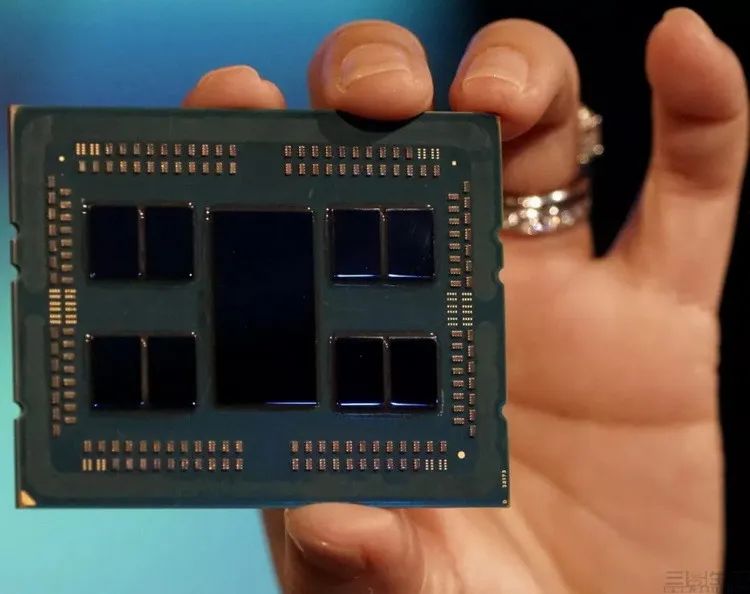
On one hand, this is largely related to the current bottlenecks in mainstream CPU technology. As we all know, PC games have high demands for both single-core and multi-core performance, which means that a good “gaming CPU” needs to have both high clock speeds and a sufficient number of cores. However, when the clock speed reaches a certain level, the CPU’s power consumption becomes difficult to manage.
For example, while Intel’s 12th generation Core i9-12900KS uses an “8 large + 8 small” hybrid architecture, the high clock speed of 5.5GHz for the large cores results in the CPU’s full load power consumption reaching as high as 241W. In comparison, the recently leaked AMD Ryzen 7000 series isn’t much better. According to the latest official information, the top 16-core model (Ryzen 9-7950X) with a clock speed of around 5.5GHz also has a power consumption of around 230W.
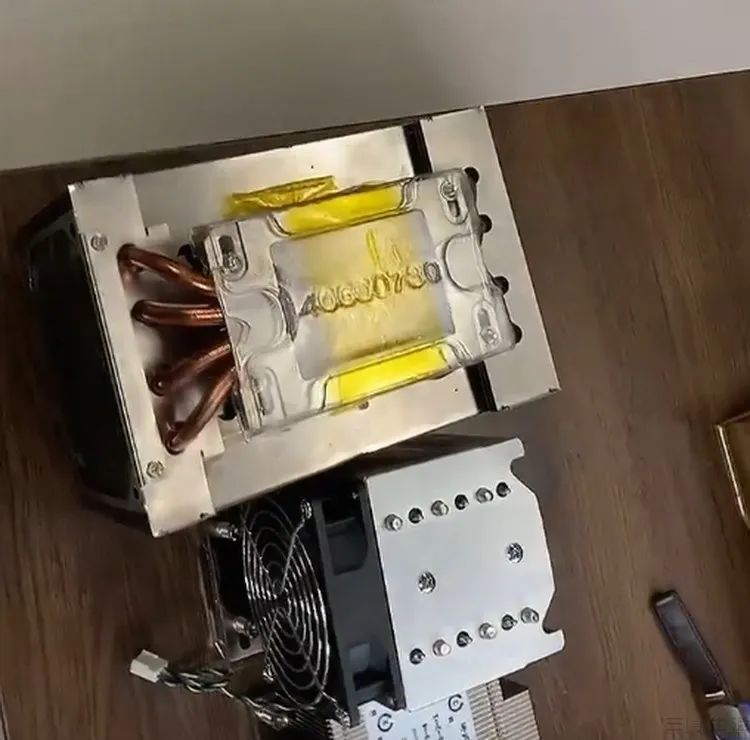
Custom-designed ultra-large coolers for the Threadripper’s full load power consumption of over 800W
This means that if CPU manufacturers further release high-end desktop CPUs with 32 or 64 cores based on the current process benchmarks, without lowering the single-core clock speed, the full load power consumption of these products could easily surge to 400W or even over 500W. This would put immense pressure on the motherboard’s power supply design, and more importantly, it would be very difficult to find coolers on the market capable of handling such high power consumption CPUs. However, if the clock speed is lowered, it would result in the “high-end CPU” performing worse in some games compared to “ordinary high-end CPUs.” Clearly, these are situations that CPU manufacturers do not want to see.
On the other hand, if you have followed the PC market in recent years, you may know that due to various reasons, the pricing system for graphics cards has gone through a rather abnormal period. This not only made it difficult for many users wanting to play games to purchase new graphics cards, but also brought many negative impacts to the entire gaming industry.
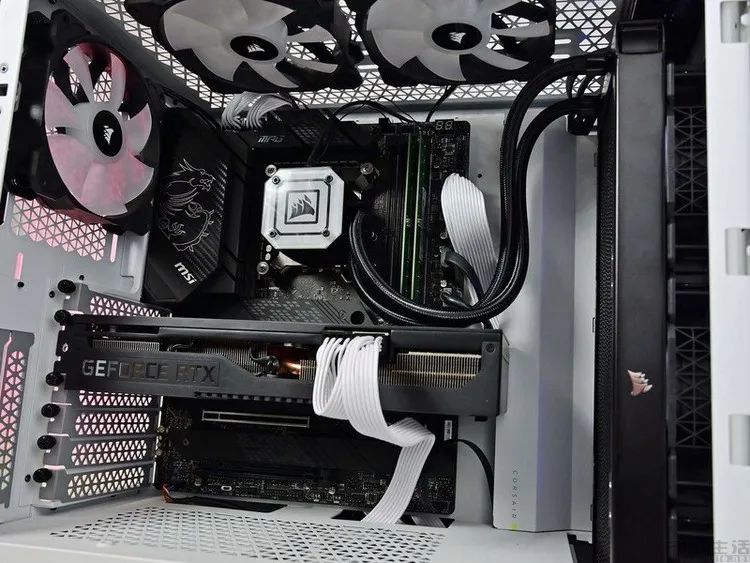
Under the influence of various factors, the internal structure of gaming PCs has become increasingly “simplified”.
In simple terms, when a large number of users do not upgrade their graphics cards for a long time, game developers have to slow down the pace of performance demand increases, resulting in many new games stagnating in terms of visual quality, and many new graphical technologies being ignored. Furthermore, more and more new games no longer provide additional optimizations for hardware that supports “multi-GPU interconnects.” In this context, high-end gaming CPUs and corresponding platforms that could provide more PCIe lanes and prepare for multi-GPU and multi-SSD configurations have become increasingly unnecessary.
However, just half a year later, the situation seems to have changed significantly.
Firstly, on May 23 of this year, AMD announced some technical features of the Ryzen 7000 series CPUs and their corresponding new generation motherboard chipsets (X670E, X670, B650). From the official information, we found that the highest positioned X670E chipset seems to come with PCIe lane expansion capabilities, providing up to two PCIe 5.0 x16 slots for graphics cards. This point was not formally mentioned in the previous press conference but seems to hint that AMD believes that “multi-GPU interconnects” will once again become an important demand for high-end gamers, and may possibly revive this feature in the next generation of (RX7000) product lines.
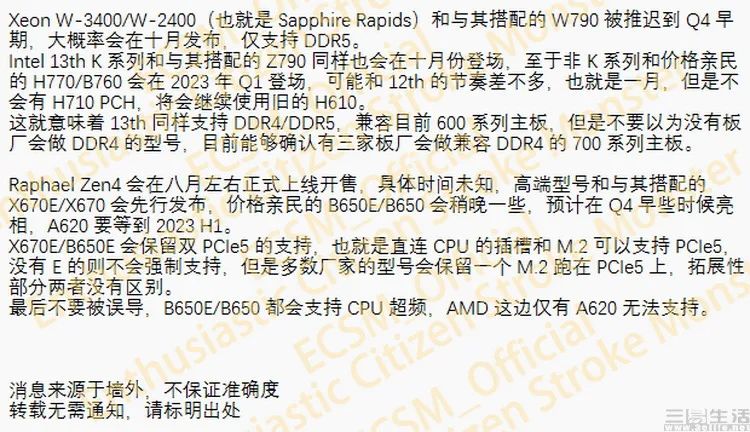
News sourced from Weibo user @ECSM_Official
Shortly after, some leakers revealed information about Intel’s upcoming next-generation Xeon W series processors and the W790 motherboard chipset platform. It showed that unlike the 12th or 13th generation Core, the next-generation Xeon W CPU, codenamed “Sapphire Rapids,” will adopt an all-large core design, with a maximum clock speed of 5.2GHz, full-core frequency of up to 4.6GHz, and support for up to 56 cores and 112 threads, along with support for eight-channel DDR5 memory and up to 112 PCIe 5.0 lanes.
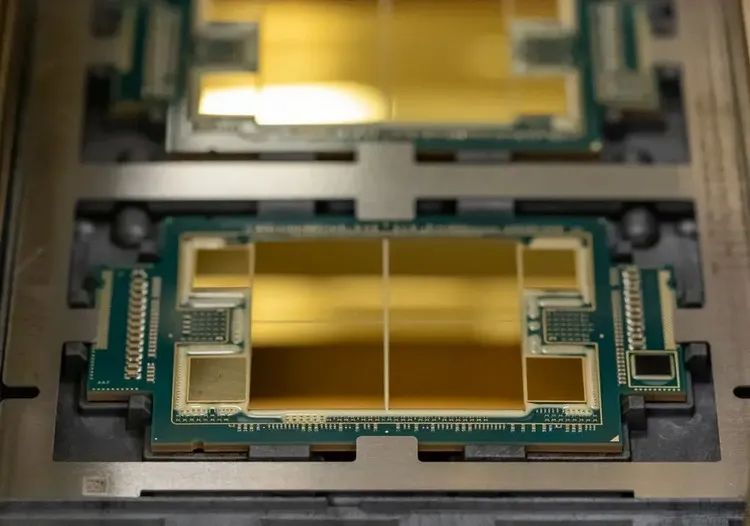
What does this mean? Comparing it with the current Xeon W3300, it is evident that on one hand, the next-generation Xeon W processor significantly improves single-core performance (the current W3300 series CPU has a maximum clock speed of only 4GHz, and the full-core frequency is only 3.3GHz). On the other hand, the corresponding motherboard chipset is no longer categorized as the enterprise-level C61X series, but has been renamed to the more consumer-level W790 series, which sounds more like the next-generation consumer platform Z790.
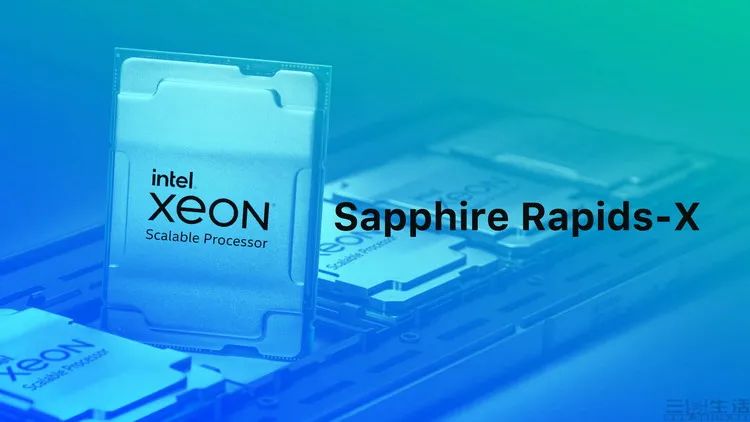
To put it more bluntly, Intel’s next-generation ultra-multi-core CPU, although nominally still labeled as “Xeon” rather than “Core,” will clearly have a significant improvement in gaming performance compared to the current generation. At the same time, the naming of its corresponding motherboard chipset also indicates that there will be more consumer-level products, rather than just the professional commercial boards that the current generation has, which are clearly not very suitable for DIY players.
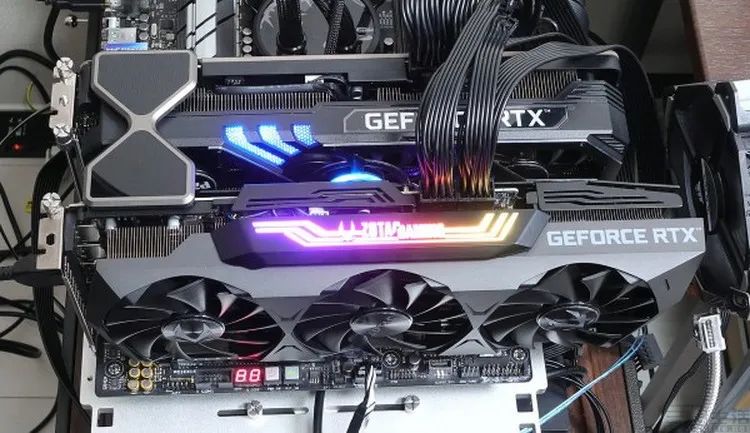
To summarize the current situation, AMD has almost explicitly indicated that it will launch specially designed, higher-end motherboards for high-end multi-GPU players in the next generation product line. While Intel has not officially announced it yet, their next-generation “Xeon W” is essentially a revival of ultra-high-end multi-core all-around CPUs + multi-GPU PC platforms under the guise of “workstations.”
From being jointly “disregarded” by the two giants to the dawn of revival, the fate of high-end multi-core, multi-GPU PC gaming platforms has undergone a significant turnaround in just over half a year.
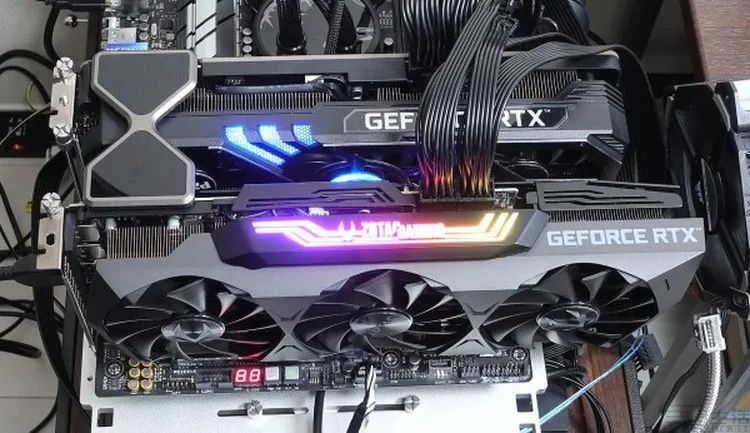
If the next generation of graphics cards is reasonably priced (without excessive premiums), then multi-GPU interconnects could indeed showcase their value in games again.
So the question arises, why is this happening? In our view at Sanyi Life, the root of the problem lies primarily with the graphics cards.
As we all know, after several years of confusion, the prices of graphics cards have finally begun to return to a normal trend. Not to mention that all known information currently indicates that the next generation of NVIDIA and AMD graphics cards will bring a doubling of performance, while the cost-performance ratio is also expected to improve significantly. If these rumors turn out to be true, it will undoubtedly stimulate players’ demand to upgrade hardware, thereby pushing the entire PC gaming industry back onto a positive track of mutual promotion and continuous evolution of technology and hardware.
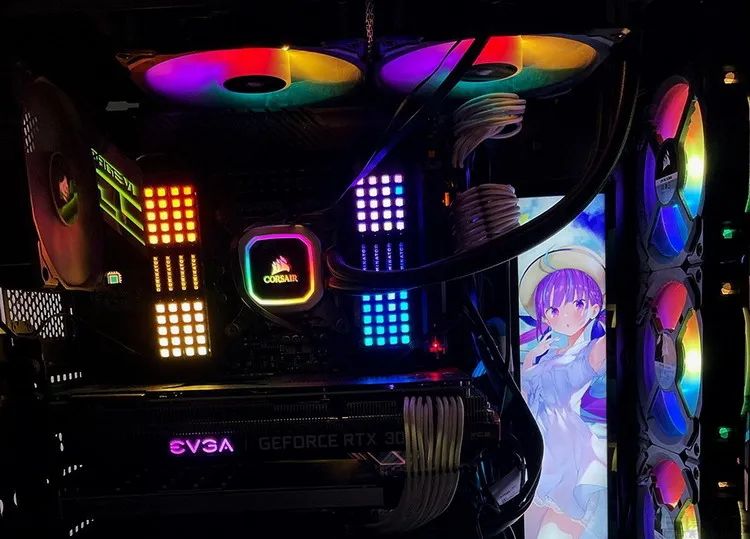
One of our users at Sanyi Life is still using the 10980XE platform.
On the other hand, as “hybrid work” and “home creation” become the norm for many users, the demand for ultra-high-performance, ultra-multi-core, multi-GPU workstation platforms will inherently increase. After all, when game developers, video creators, and AI programmers need to work from home, they are clearly not going to be satisfied with an ordinary home PC with 8 cores, 16 cores, and a single graphics card.
Moreover, expecting them to have two computers, one for entertainment and one for home work, is a bit too much. Therefore, the market demand for high-end CPUs that can handle both ultra-high-performance multi-threaded calculations and ultra-high single-core (gaming) performance, along with corresponding multi-GPU flagship PC platforms, should be more robust than in previous years.
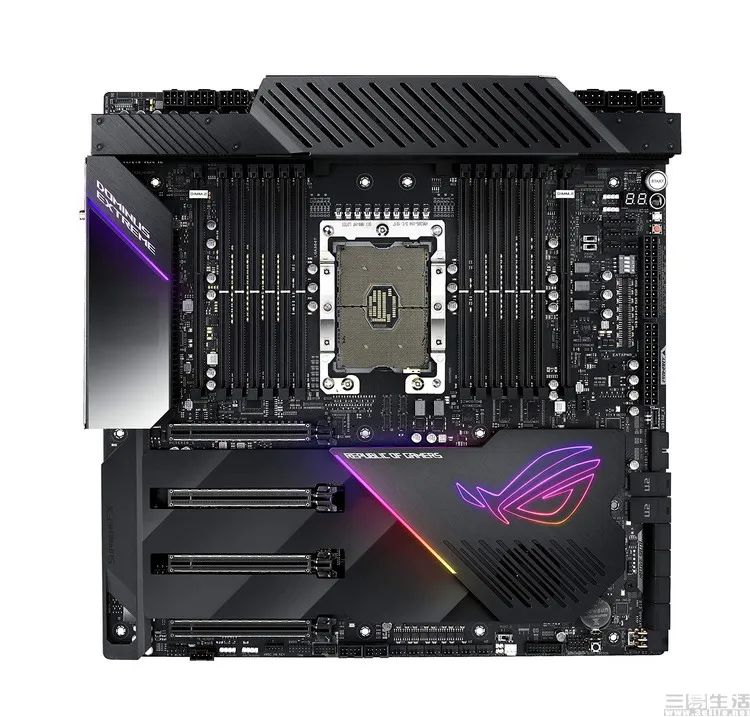
Game-oriented motherboards designed specifically for the Xeon W3175X, such as the ROG Dominus Extreme.
Furthermore, it is not difficult to trace back in history to find that there has always been a deep connection between “workstation PCs” and “high-end multi-core gaming PCs.” Not to mention that the earliest high-end home gaming PCs all originated from workstation platforms. Even in recent years, when “Xeon” had not yet significantly balanced gaming performance, Intel had tentatively launched the W3175X with high clock speeds and overclocking capabilities, collaborating with Gigabyte and ASUS to release designs for “ultra-large high-end motherboards” based on workstation chips.
To be honest, we have reason to suspect that Intel had the idea of merging the workstation and high-end gaming CPU product lines back then. With the changes in the market environment and user demands today, the revival of ultra-multi-core, multi-GPU high-end PC platforms may just be a natural progression.
What everyone is watching:
iPhone 13 price drop across the board: great news! (Update: lowest price of 4599 yuan with 12 months interest-free)
Leaked Xiaomi 12S series: Snapdragon 8 Plus/Dimensity 9000 available